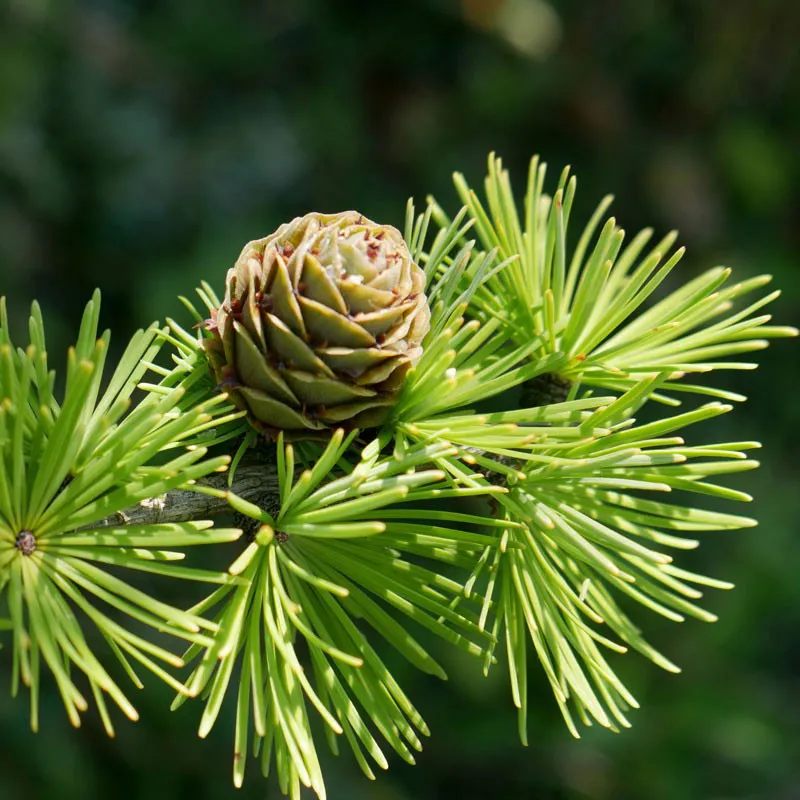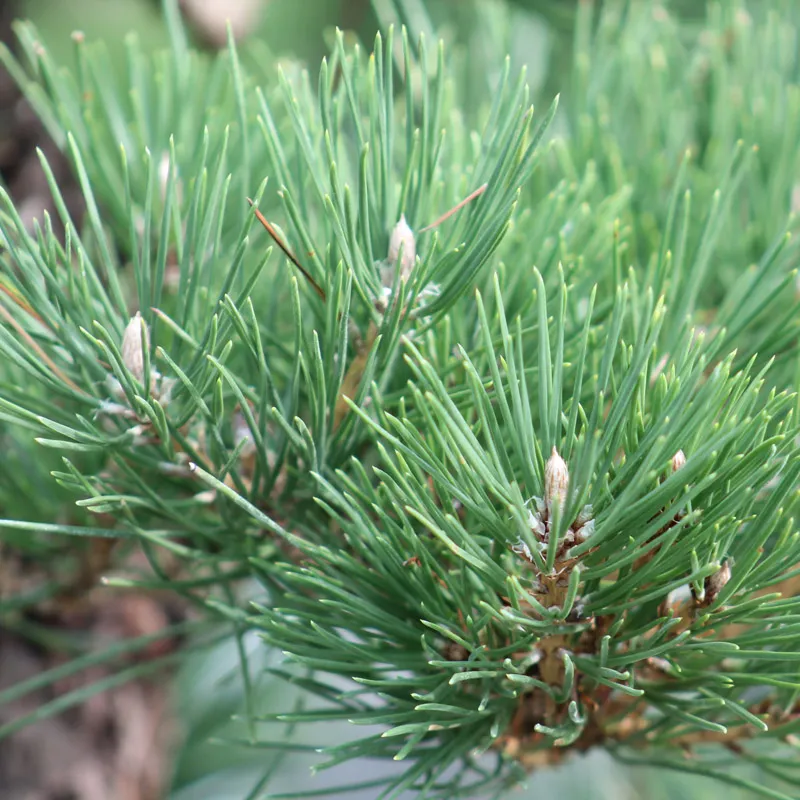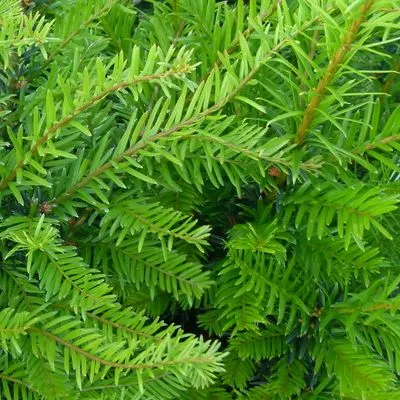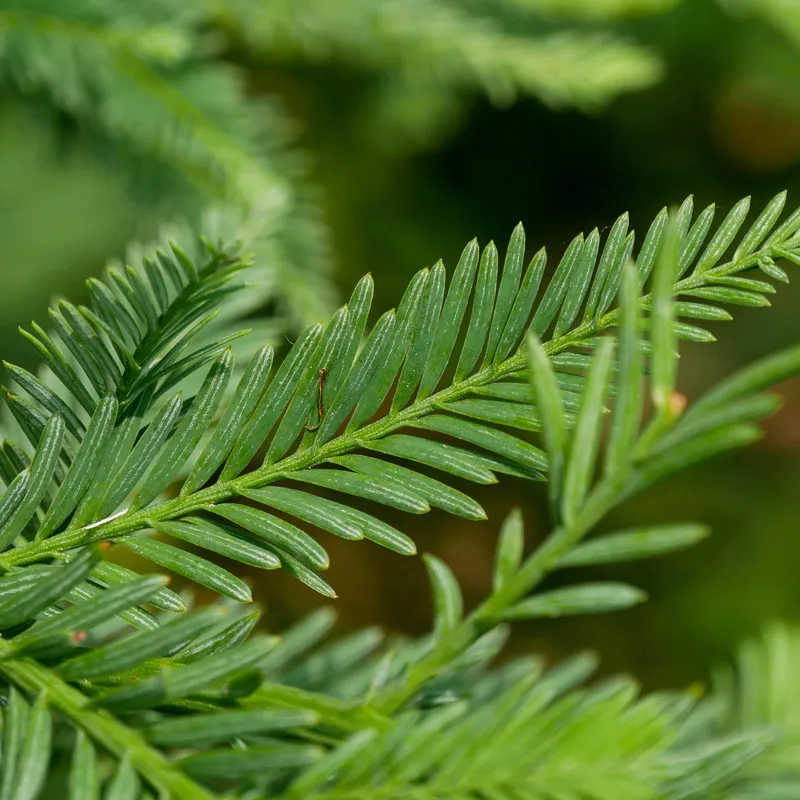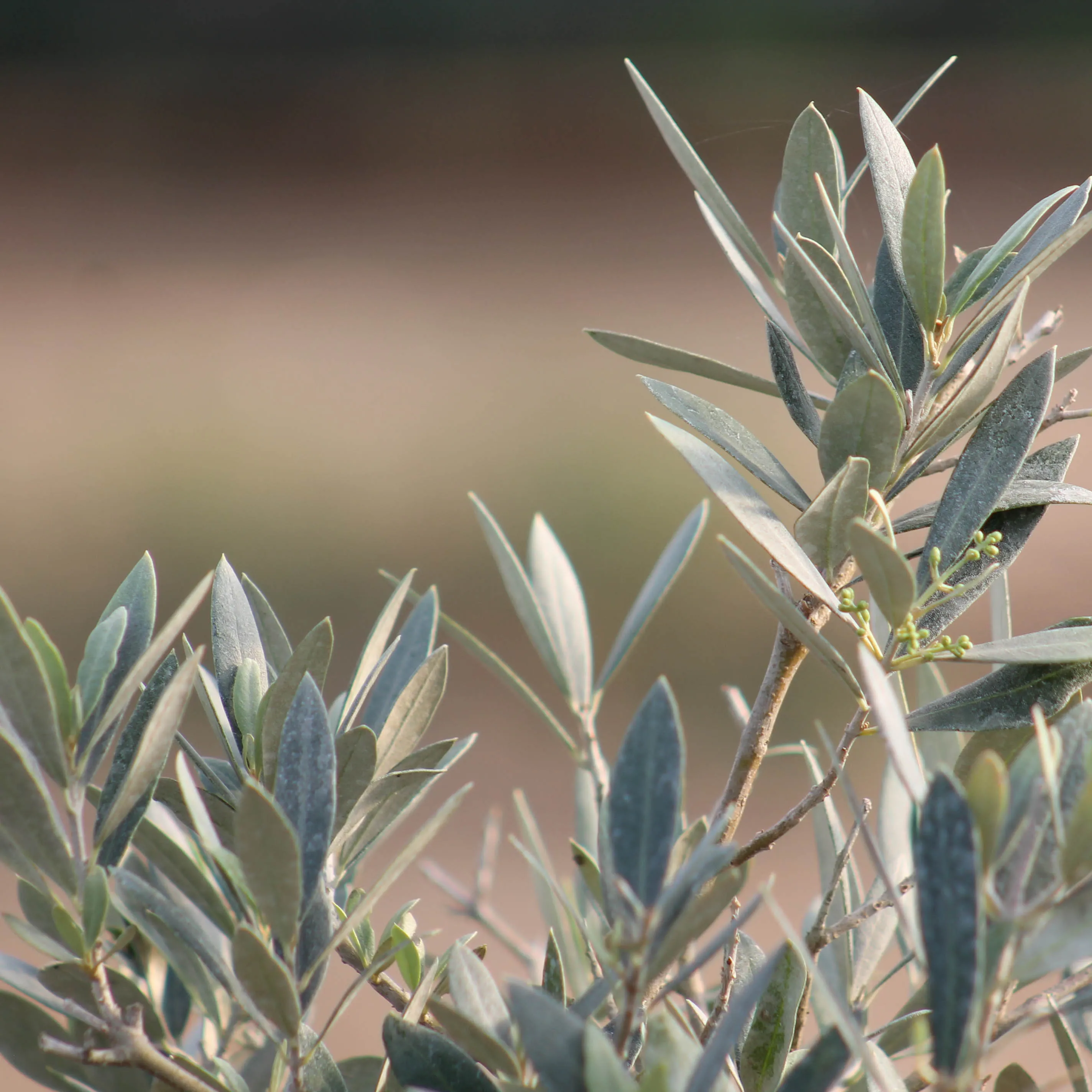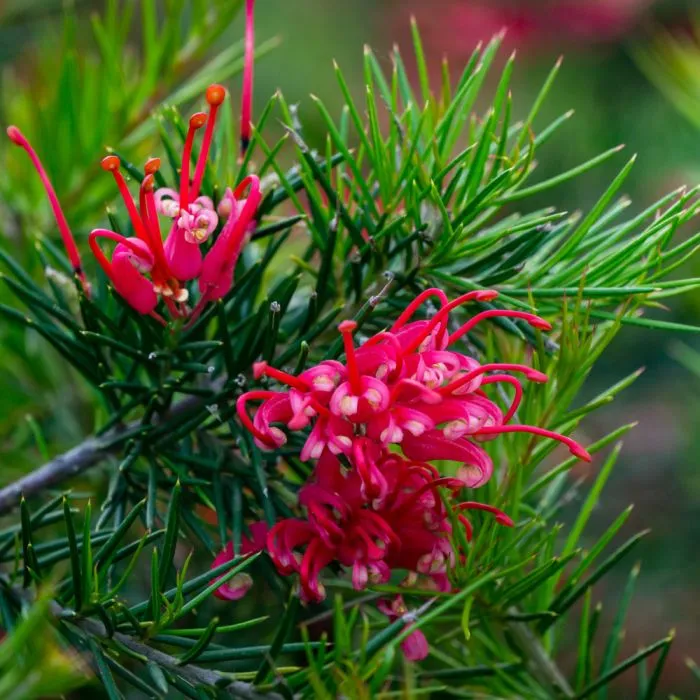The art of bonsai is that of creating an image of nature in miniature. It's recreating landscapes, it's giving the illusion that you're looking at a hundred-year-old tree when it's much younger. It is to convey an emotion, to arouse wonder and to invite you on an imaginary journey.
Bonsai, a special relationship with nature
We all have memories of trees. The most striking ones often date back to our childhood. Maybe it's that old oak tree that stood in the middle of the family garden, or maybe it's the one you saw every day, alone in the middle of a field, when you went to school. Our memory is filled with images of trees and sometimes, at the bend of a road, the sight of a tree plunges us back into distant memories.
Maybe when we grow our bonsai we try to bring these childhood memories to life. Maybe subconsciously we go towards trees or shapes that evoke something in our past. Thus, in most bonsai enthusiasts' collections there are several trees that look alike. Some prefer them short and stocky, others thin and slender, others prefer them crooked. Others have set their sights on pines, others on Japanese maples or azaleas. "Show me your trees and I'll tell you who you are!"
Bonsai brings us closer to nature
Growing a tree in a pot means cultivating a corner of nature as well as its secret garden. It is also about reconnecting with nature, relearning the rhythm of the seasons. And then take the time to see it grow, to respect nature so that it reflects back to us what is most beautiful about it.
Caring for a bonsai is first and foremost about learning how to grow. This is one of the essential values that we try to pass on in our nursery. A beautiful shape, a ligature or even the pruning of a bonsai can only be conceived if it is healthy. Learn to water when the bonsai needs it, protect it from the cold or heat, fertilize at the right time; These are all techniques that each bonsaika learns to master year after year and that reconnect us to the cycle of the tree.


 Production of French Bonsai
Production of French Bonsai















